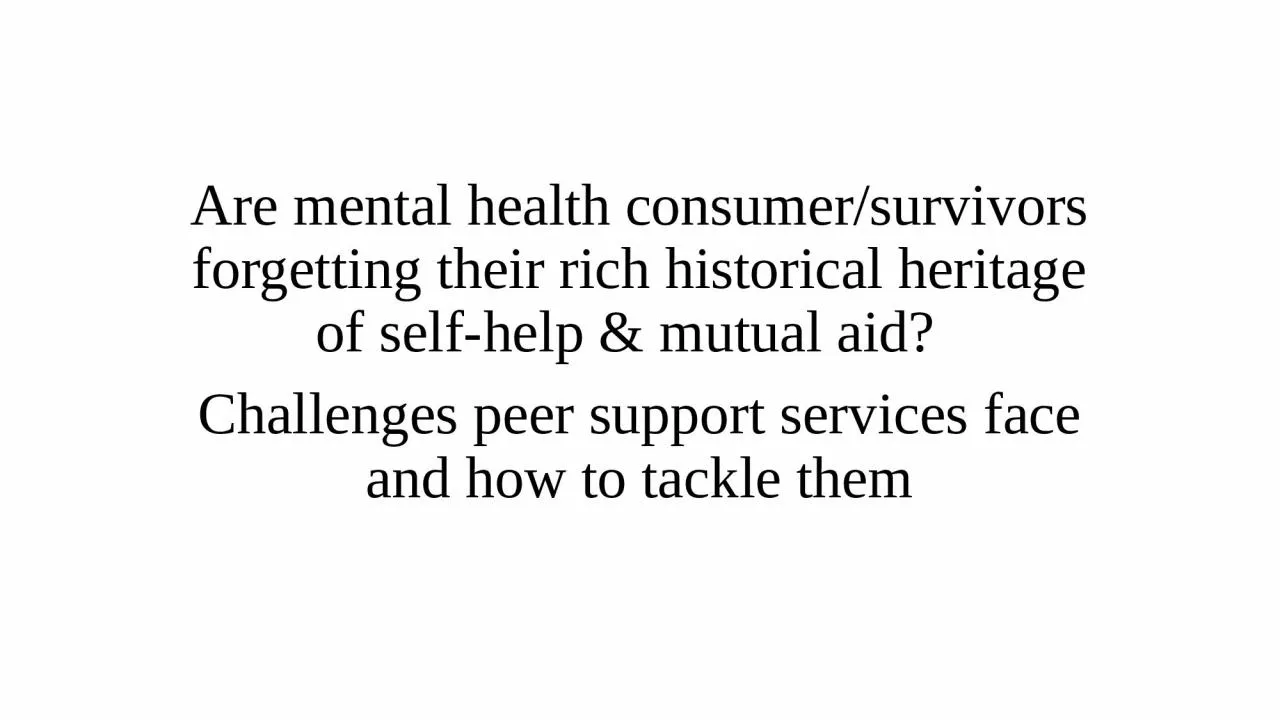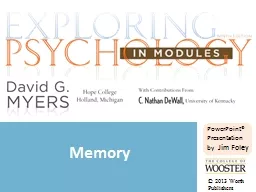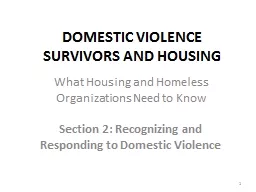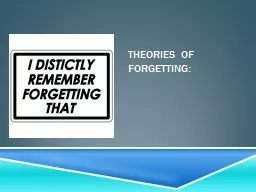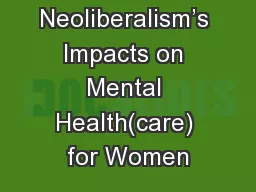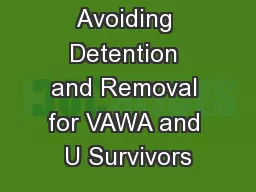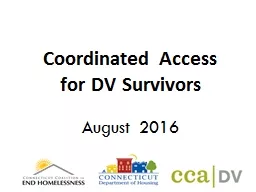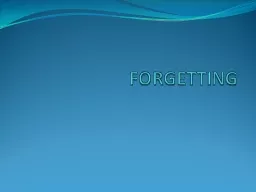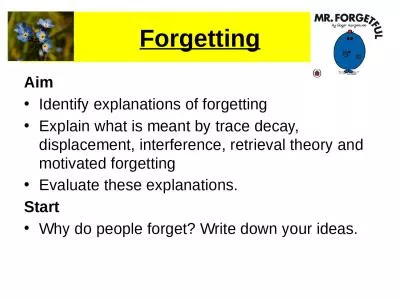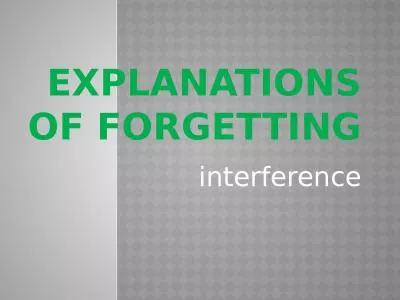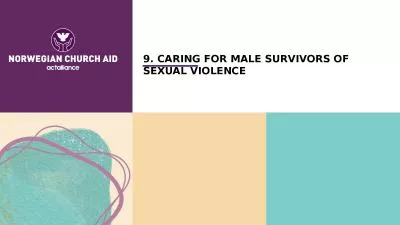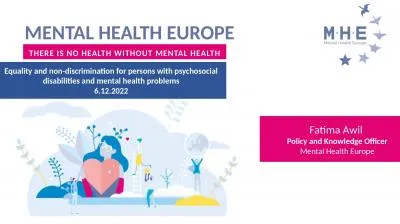PPT-Are mental health consumer/survivors forgetting their rich historical heritage of self-help
Author : linda | Published Date : 2023-09-21
Challenges peer support services face and how to tackle them Thomasina Borkman Presented at the conference on Supervision of Peer Workforce March 25 2020 SHARE
Presentation Embed Code
Download Presentation
Download Presentation The PPT/PDF document "Are mental health consumer/survivors for..." is the property of its rightful owner. Permission is granted to download and print the materials on this website for personal, non-commercial use only, and to display it on your personal computer provided you do not modify the materials and that you retain all copyright notices contained in the materials. By downloading content from our website, you accept the terms of this agreement.
Are mental health consumer/survivors forgetting their rich historical heritage of self-help: Transcript
Download Rules Of Document
"Are mental health consumer/survivors forgetting their rich historical heritage of self-help"The content belongs to its owner. You may download and print it for personal use, without modification, and keep all copyright notices. By downloading, you agree to these terms.
Related Documents

